Your shopping cart is currently empty.
Writing A Strong NHS/ Medical Consultant CV

Though many candidates ensure that they acquire the right experience to obtain a consultant post, they are often let down by their CV. On this page you will find valuable tips to avoid common pitfalls.
Length Of The Consultant CV & Type of Font
Size is always a contentious issue. Whereas, in normal business CVs, the maximum recommended size is 2 to 3 pages, in medicine this is simply not possible, the main reason being that for some candidates the list of publications and courses is simply too long to fit in a small number of pages.
On average, a consultant's CV for a medical speciality will be approximately 10 pages long, whilst for a surgical specialty it may go on for 15 pages or more. Some candidates are interpreting this as meaning that their can go on for as long as is needed, but one should always bear in mind that a CV is a communication document designed to get you short-listed. It is therefore essential that the information is presented in a meaningful, well-ordered and concise fashion. Whatever information is contained in your CV, the important information should be contained within the first 5 pages if possible.
The length of the CV will also obviously depend on the type of font you use. You should be using a font which looks professional, is small enough that you can actually fit meaningful information on a page, but large enough that it is easy to read. As such we would recommend that the main text of the CV be written in Arial Size 10, Calibri Size 11 or Times New Roman Size 11. Anything bigger will create a CV full of white space and in which the information is hard to access. Headings should be in the same Font but in a size 4 points larger e.g. Arial Font 14, Calibri Size 15 or Times New Roman Size 15.

General Consultant CV Format
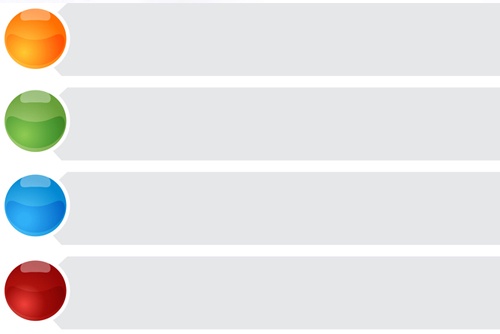
The various sections of the Consultant CV
Generally speaking, most CV for consultant positions will include the following sections, usually in that order:
- Personal details
- Personal profile
- Qualifications
- Prizes and awards (if relevant)
- Current appointment (only if you have worked as a consultant for over a year, or are currently an associate specialist)
- Career summary
- Clinical experience
- Audits
- Management experience
- Teaching experience
- Research experience
- Publications
- Presentations
- Personal interests
- References
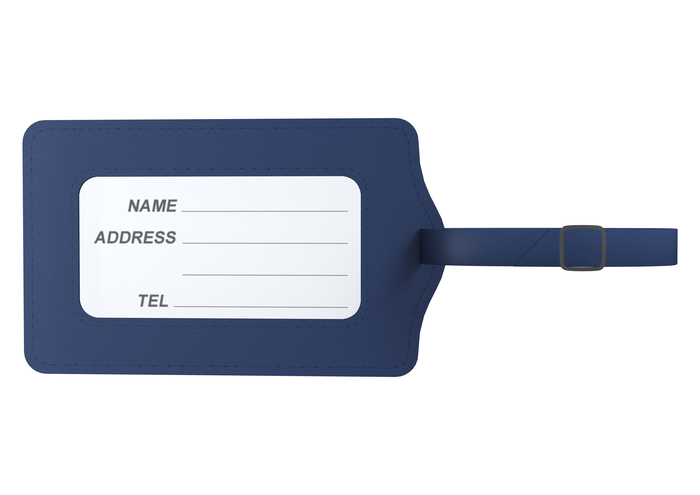
Cover page, contents page, personal details page
You need to bear in mind that people who read CVs receive dozens of them and don't particularly care whether you have a nice front cover, gold pins to hold the pages and a contents table to navigate the document. By the time they have turned the cover page, the contents table page and a personal details page which contains every bit of personal information bar the dog's vaccination date, they have essentially wasted their time to turn three pages which were pretty much pointless before getting to anything of substance. You can have the nice cover page and the contents table if you feel you want them wish but consider the following:
- Cover page: that can look nice and make the document nice and tidy, and it is really a matter of personal preference. Some people like them and others don't. But overall it will make little difference to your chances of getting shortlisted.
- Contents page: there is no point in having a contents page in a CV when the CV has 10-15 pages. If you need a contents table to navigate the document, then the document is poorly formatted in the first place. Such page merely contributes to the thickness of the document. In addition, it also encourages people to zoom in on their area of personal preference (e.g. a consultant who does a lot of research might just look at your research section, thereby missing everything else on the way, when you WANT them to see everything else. By not having a contents table, you ensure they can look at your CV as a global document.
- Personal details page: it is of course essential to mention a number of personal details in your CV but there is no reason why this section should occupy a whole page. Your name, address and various contact details should be able to fit at the top of the first page over 4 or 5 lines (like headed paper). At a push, no more than one-third of the front page should be taken by personal details. Having a short Personal Details section on the front page will ensure that you start describing your qualifications and employment on the first page or the beginning of the second page, where they are most accessible.
For the personal details section, stick to the bare essentials i.e. essentially just what they need to identify this CV as yours and be able to contact you if they need to. There is no need to mention your Hep B immunisation status (as many people do). Your status will be checked when you start your new job. If you are not immunised, Occupational Health will soon sort you out. Similarly, although your date of birth, driving licence status, your MDU membership number, your nationality, your marital status and number of children may be interesting facts, they are best kept for a "Miscellaneous" section at the back of the CV as they will not directly affect your employment. In fact, by including details which are normally kept confidential you may be causing the reader an equal opportunity and discrimination nightmare.
You only need to include:- Name (Make sure it matches your GMC registration name)
- Letters/qualifications (just for a good first impression)
- GMC Registration Number
- Address
- Telephone numbers (not too many - your CV is not a telephone directory)
- Email address


Personal Profile
When you apply for a consultant job, the stakes are higher than for a training job, both for you and for the trust. The trust will really want to make sure that they are getting someone who fulfils all their needs and not just someone who wants to be a consultant.
Many candidates have in their CV a section called "Career Aims" which, very often, says nothing more than "I want to be a consultant and I am a nice person", neither of which are going to encourage a reader to shortlist you. Instead what they want from you is strong reassurance that you tick all the boxes. To get that reassurance they will of course go through the CV and ensure that you match the requirements set out in the person specification, but that will take them some time. So, you need to help them along by writing a personal profile which explains in a nutshell what they can expect from you; essentially this is a short summary of your CV which sits on the first page, almost telling the reader "You probably can't be bothered to read through the following 15 pages, so here is in a few sentences what I can bring to your unit. This should be no more than 20 lines and it should target all the areas set out in the person specification and the job description.
This section is key because it will be the first impression they get from the CV and because it clarifies why you feel you may be the best candidate. As such it has to be heavily based around the job description so as to show that you understand the post your are applying to and what the needs of the trust are. The personal profile should cover your clinical, teaching, academic and management credentials.

Qualifications
List your qualifications in reverse chronological order. Start from your medical degrees (including any intercalated degree) - no one really cares about A' Levels.
List relevant dates and place of study
Include your CCT/CCST date (unless you have already included it at the top).
List any qualifications you are currently studying for (e.g. medical education degree).
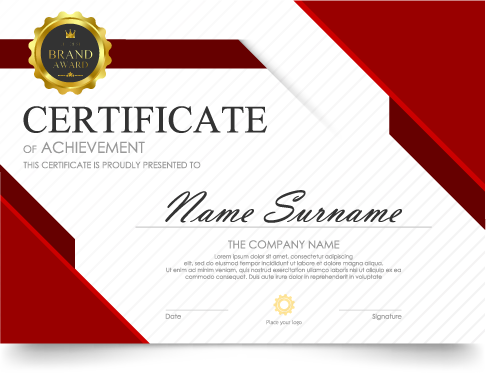
Prizes & awards
This is fairly self-explanatory. Make sure that you include the date of the awards, who granted it and why is was granted. If you obtained a first prize for a poster, it would be nice to know how any many people you competed against. Avoid corny prizes such as Christmas quiz and other meaningless prizes. It may be that you will need to repeat some of this information later (for example, if you obtained a first prize for a presentation, you may want to repeat it in the presentation section), but this does not matter; having the prize on the first page will create a good impression, and repeating it later on will help placing it into context.

Current appointment
If you are currently doing a locum consultant post or are currently working as an associate specialist or a substantive consultant, then it may be worth isolating your current post from the rest of your training. This will highlight the extent of your senior experience and will ensure that your experience of working at a senior level and independently is ring-fenced from the rest of your experience thereby giving it more weight.
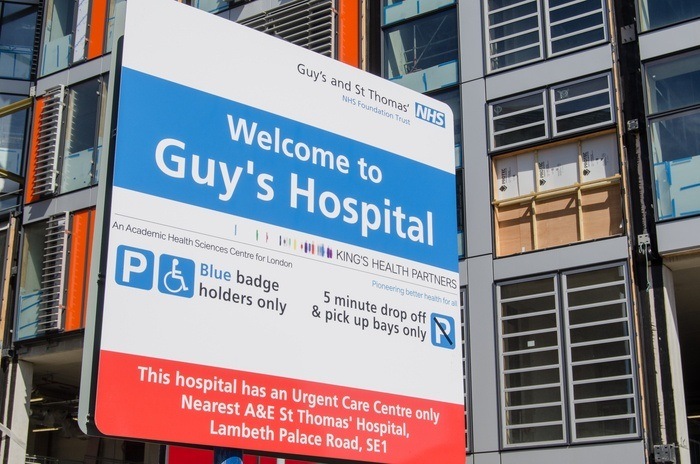
Past appointments
For all your jobs, you should provide:
- Dates: no need to give the exact day on which your started and ended the post; the month and year will be sufficient.
- Job title and specialty/subspecialty
- Hospital name (avoid giving the full name of the trust; this is not a legal document, but a document designed to give an idea of what you have done so far).
At consultant level, you should avoid having a CV whereby each job's duties and responsibilities are summarised under each heading. Since you are likely to have done dozens of different attachments and posts, it will drag on over many pages and it will make it difficult for the reader to extract what they need to know. You should make the recruiters' job easy by summarising the information in a way that they can digest easily. We therefore suggest that at this stage, you only list in a tabular format the jobs that you have done. Your overall experience can then be summarised in a separate more concise section. See next.

Summary of skills and experience
Your future employer will only really be interested in what you have to offer, i.e. what you can do now, and not what you did 10 years ago when you first became an SHO. You should therefore find a way to summarise your experience using appropriate headings.
Here are some examples of how you can subdivide your experience (Note: these are only examples and you will of course need to tailor your themes to the post that you are applying for and to your own experience):
Paediatrics
- General Paediatrics
- Neonatal
- PICU
- Other general medical/surgical experience
Psychiatry
- General Adult Psychiatry
- Substance Misuse
- Outreach
- Psychotherapy
- General medical experience
Obs & Gynae (example 1)
- Obstetrics
- General gynaecology
- Specialist gynaecology experience including uro-gynaecology and gynae-oncology
Obs & Gynae (Example 2)
- Obstetrics
- Gynaecology - clinics
- Gynaecology - theatre
Cardiology
- General cardiology experience
- Paediatric cardiology
- Procedural experience
Anaesthetics
- General anaesthetics
- Obstetrics anaesthetics
- ITU experience
- Other relevant experience (transport, etc)
Under each heading, you need to describe the extent of your experience and proficiency. For best effect, you should follow a number of essential rules:
- Use bullet points, not sentences.
- Use active wording such as
- "Gained thorough experience of the management of patients with ...",
- "Confident in...",
- "Perform xxx independently...",
- "Responsible for ...",
- "Proficient in ..."
- "Played a fundamental role in ..."
- "Instrumental in ..."
- "Gained exposure to ..."
Avoid personal statements such as "I really enjoyed this post because it gave me the opportunity to ... etc". The CV is designed to present facts. Its role is two-fold: to get you short-listed and to provide talking points for the interview. Keep your personal statements until the interview, where you will be able to use them most effectively.
If you are applying for a surgical specialty, you should avoid listing all the procedures that you have done. Instead it may be wiser to include in the CV a summary of your log book. Ideally this should fit one one page only. If it is longer than one page, you should include it as an appendix to the CV (i.e. at the end) so that it does not push the rest of the CV too far back.

Managerial experience
This should include any experience of managing people and resources, including:
- Designing rotas
- Leading projects such as audits or research
- Designing and implementing teaching programmes
- Representing colleagues on committees (e.g. clinical governance or other team meetings)
- Writing and implementing new guidelines
- Quality improvement projects
- Involvement in recruitment (though simply sitting on interview panels is not really a managerial activity).
If you want, you can include experience outside of medicine, though you should place it at the end. You might actually want to split this section between "Medical" and "Non-medical".
You can also include any management courses or events that you attended. Note: this information may be repeated in the courses section, but this does not matter. Repetitions are acceptable provided they are not concerning a huge amount of information and provided they serve a purpose (in this case, presenting a complete picture of your management experience without getting the recruiters to cross-reference the information for themselves).

Teaching experience
Include all formal and informal teaching done. Mention the type of audiences that you have taught (juniors, peers, nurses, GPs) as well as some of the key topics. Naming topics helps being credibility to your answer.
One of the aspects that they will be looking for is an awareness of a range of teaching methods. You should ensure that you mention the various methods that you used (bedside teaching, formal lectures using PowerPoint, informal/formal supervision, videos, etc).
Mention any formal training received and courses attended.
If patient education is a big part of your job, then it may be worth mentioning your experience of it in the teaching section.
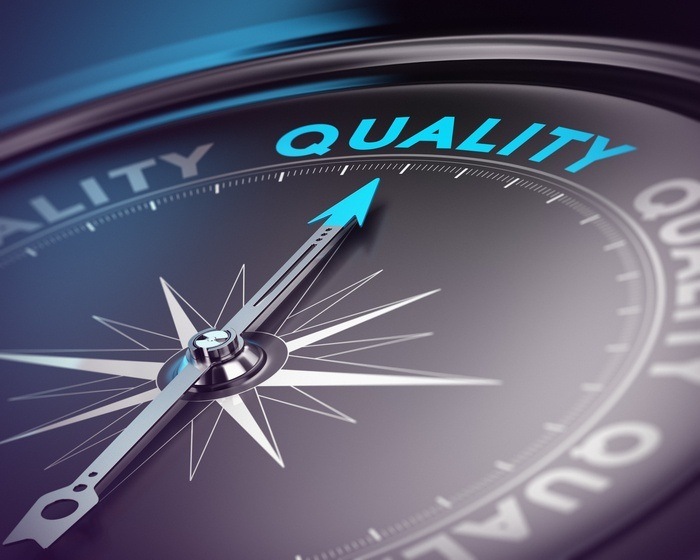
Audits
List the title and date of the audit in reverse chronological order.
For each audit you should provide a short summary, providing the aim of the audit, your role, the conclusions drawn and actions taken as a result (2-3 bullet points, 5 or 6 lines maximum).

Research
Indicate the year of each project, quote the title of your research and provide a short description of your role in bullet points format. Present the information in reverse chronological order.

Publications
Make sure you are telling the entire truth (including your ranking on the authors list). Interviewers have been known to check the database in front of candidates at the interview.
Present your publications in a tabular format, in reverse chronological order. List the title, authors and relevant dates. Ideally, you should place the year in the left hand margin and the rest of the information on the right.
Many candidates present their publications in the conventional manner i.e. the Vancouver convention with the authors first, followed by the title of the publication and then the journal. If you follow this approach, the titles will be all over the place on the page (since the title starts after the list of authors) and this may make it difficult for the recruiters to see exactly what you have written on. You may thus wish to adopt a different listing approach, with the title coming first, followed by the authors and the journal. To make the information even more readable, you may even wish to present each element on a different line (i.e. title on one line, authors on the next line and journal on a third line).
Your publications should be listed in reverse chronological order i.e. most recent first. This will ensure that the most interesting information is seen first. If you have a substantial number of publications and you feel that the list is just too long, you should try to weed out some of the less interesting papers/cases. Remember that the CV is designed to achieve a purpose, which is to get you short-listed. It is not necessarily an entire biography. If the content gets in the way of readability then get rid of some of the less interesting stuff.
To improve readability, you may wish to separate your publications in relevant categories (e.g. peer-reviewed papers, abstracts, case reports, book chapters, etc).

Presentations
List the dates (year, month will suffice), the titles and authors. This should be presented in a tabular format to improve readability.
If you obtained any prizes or awards, mention them under the appropriate presentation.
If you can, try to separate your presentations in different types (assuming you have enough of each type to do this) such as: international, regional, local.

Courses & meetings
Courses and meetings normally feature straight after the clinical experience in an SHO's or SpR's CV. For consultants however, this information is not as important as the rest and it is therefore acceptable to place it towards the end of the CV (It means that your recruiters do not have to read through pages of courses before they can get to your managerial experience).
- For each course, show the date, title of the course and organising institution.
- Present the information in a tabular format.
- Make sure that you mention the organiser as opposed to the place where the training took place.
- As well as clinical courses, included management, research and teaching courses.
- Leave out all courses which relate to exam preparation; it adds no value.

Computer / IT skills
Include all relevant basic software e.g. Word, Excel, PowerPoint, Publisher, Internet.
If you can use digital photo manipulation software or have experience of web design you can mention it here too.
Include all specialist software (statistics packages, reference managers etc).
Include databases that you frequently search for literature searches.
Do not mention skills that you have no real experience of if your experience is only basic and at hobby level. For example, "Can use Corel" would only make sense if you are actually proficient at using it, but not if you only use it to view your holiday snaps!

Language skills & special interests
By any means state the languages that you can speak if in small number as well as your degree of fluency (e.g. German - basic, French - conversational). If you speak several dialects due to your ethnic origin, it is best to place them under an umbrella definition (e.g. fluent in 7 Indian dialects ) rather than list them all separately.
Mention any involvement in voluntary work and list your hobbies. There is no need to find fancy hobbies to sound interesting. Spending time with your children makes you sound more "normal" than climbing Mount Everest every week-end!
Strike the right balance between group activities and lonely activities
"Having fun" is not a personal interest as far as CVs are concerned. Nor is "Drinking with mates".
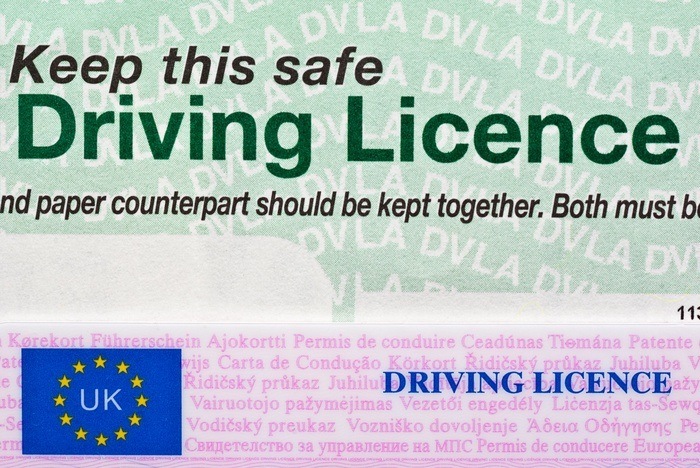
Miscellaneous
This section can be used for information in which you feel the interviewer may have an interest but that does not have major importance as far as your eligibility for the job is concerned (e.g. driving licence, marital status & number of children, etc). You should keep this section to the bare minimum.
You might also want to include your memberships of various institutions (though some prefer to place these in a separate section.

References
No more than three unless otherwise requested. Provide their name, job title, correspondence address, telephone number, fax number and email address.
Applying for a consultant post?
Improve your chances of succeeding in your consultant interview with our one-day medical interview course
